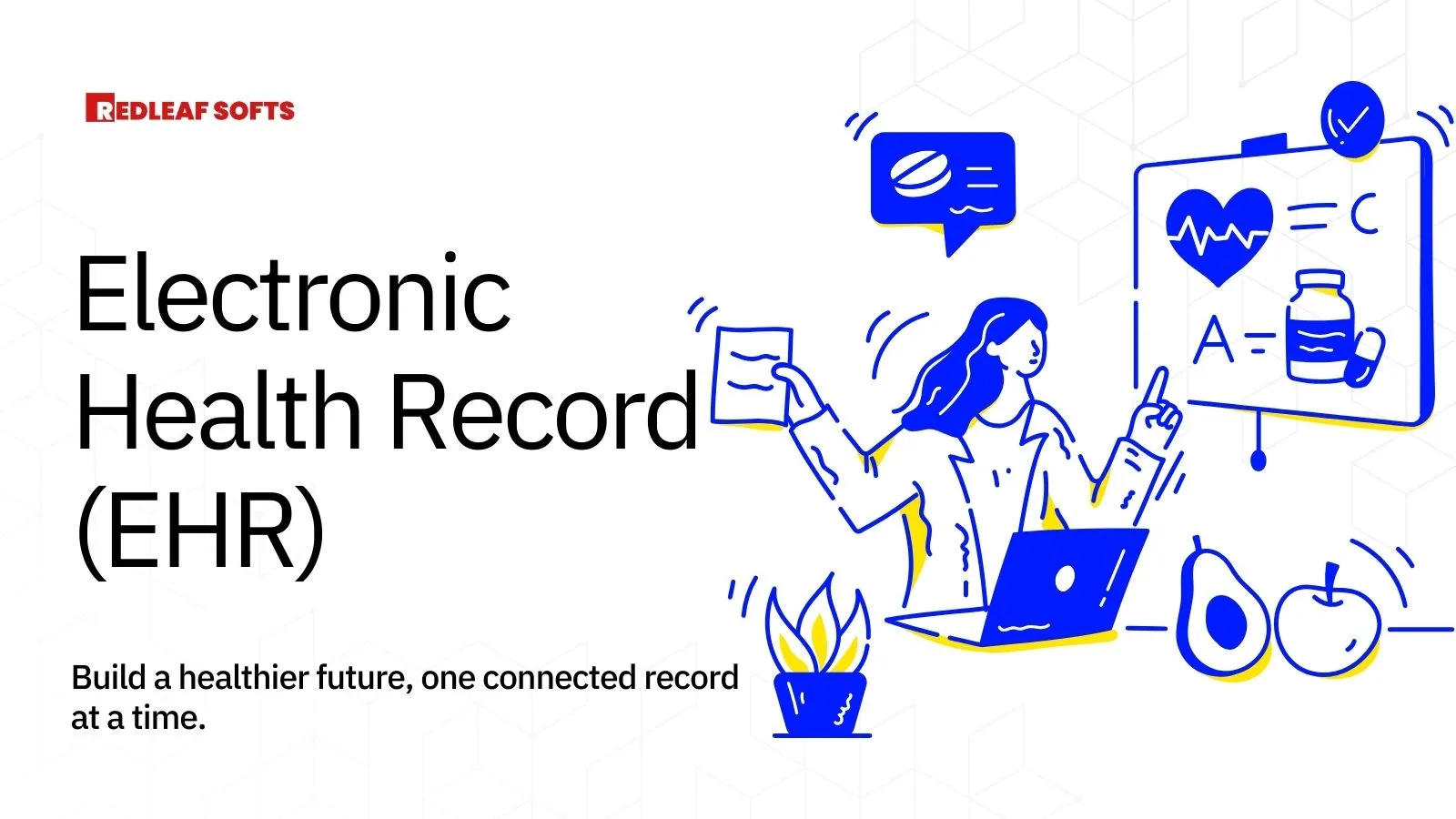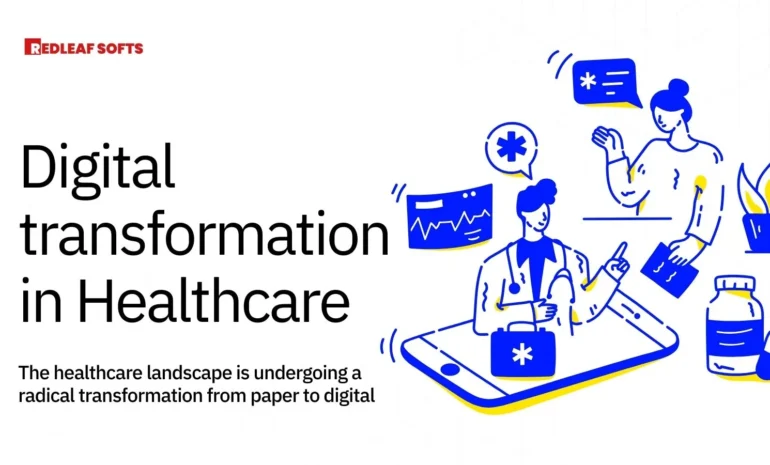Do you remember the time you spent hours lost in a hospital trying to find the right department, each with its own set of rules and its own confusing map? It’s kind of like navigating your own health history sometimes, isn’t it? Different doctors, different hospitals, each holding a piece of your medical puzzle locked away in their own separate Electronic Health Record (EHR). Frustrating, right?
The truth is, this fragmented system can lead to serious problems. Imagine getting the same test twice because one doctor can’t see the results from the other. Or having a medication interaction because nobody knew you were already taking something similar. Scary stuff.
But there’s good news! We’re not stuck in this data maze forever. A powerful tool called EHR integration is emerging, and it’s like holding the master key to unlock all those closed doors.
Think of it this way: instead of isolated vaults, imagine secure doors within each EHR. With the right key (authorization, of course!), healthcare providers can access specific pieces of your information they need to give you the best care possible.
How does this work?
- Speaking the same language: Think of it like diplomats translating between different countries. Standardizing data formats like HL7 FHIR ensures everyone understands your medical information, no matter which system it’s stored in.
- Building bridges: Imagine platforms connecting different islands. These integration platforms act as digital middlemen, facilitating smooth information flow between different EHR systems.
- Putting patients in control: Imagine handing you the key yourself! Patient portals empower you to directly share your health information with providers across institutions, putting you in the driver’s seat of your healthcare journey.
But here’s the thing: EHR integration isn’t just about fancy tech. It’s about completely changing how we approach healthcare. Imagine:
- Doctors working together like a well-oiled machine: Having a complete picture of your health history means more accurate diagnoses, better treatment plans, and fewer medication mix-ups.
- Saving money (and sanity): No more unnecessary tests! This means less stress for you and less strain on your wallet and the healthcare system.
- Taking charge of your own health: Sharing your information easily across providers means you’re involved and informed every step of the way.
- Boosting medical research: Imagine researchers analyzing data from millions of patients. This could lead to groundbreaking discoveries and better healthcare for everyone!
Of course, there are challenges. Integrating different systems can be tricky, and protecting your privacy is paramount. But we’re working on it! User-friendly tools are making things easier for providers, stricter regulations are keeping your data safe, and everyone’s pushing for universal data standards.
EHR integration isn’t just a technical fix; it’s a cultural shift. It’s about collaboration, putting patients first, and building a healthcare system that works for everyone. Doctors, policymakers, tech companies, and even patients all have a role to play.
By breaking down these data silos, we can build a future where your health information flows freely, where you’re empowered to make informed decisions, and where everyone receives the seamless, coordinated care they deserve. So, let’s work together to unlock the potential of EHR integration and build a healthier future, one connected record at a time.
Conclusion
Ready to unlock the power of EHR integration for your hospital?
Click here to learn more about our comprehensive EHR software development services and how we can help you create a seamless and connected healthcare experience for your patients.


